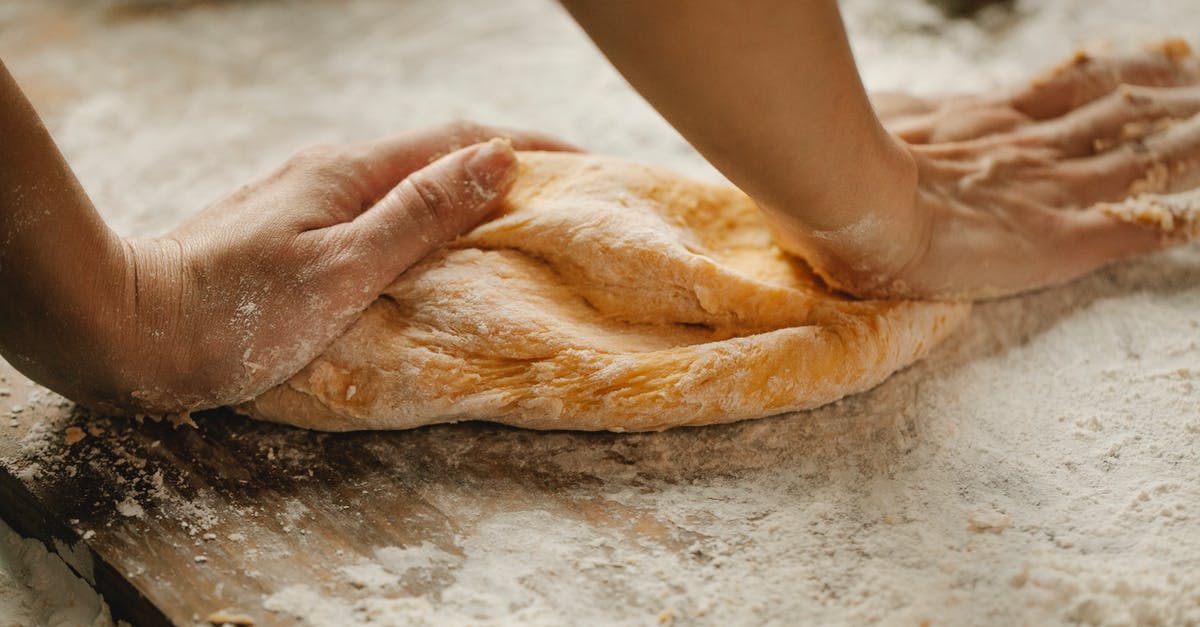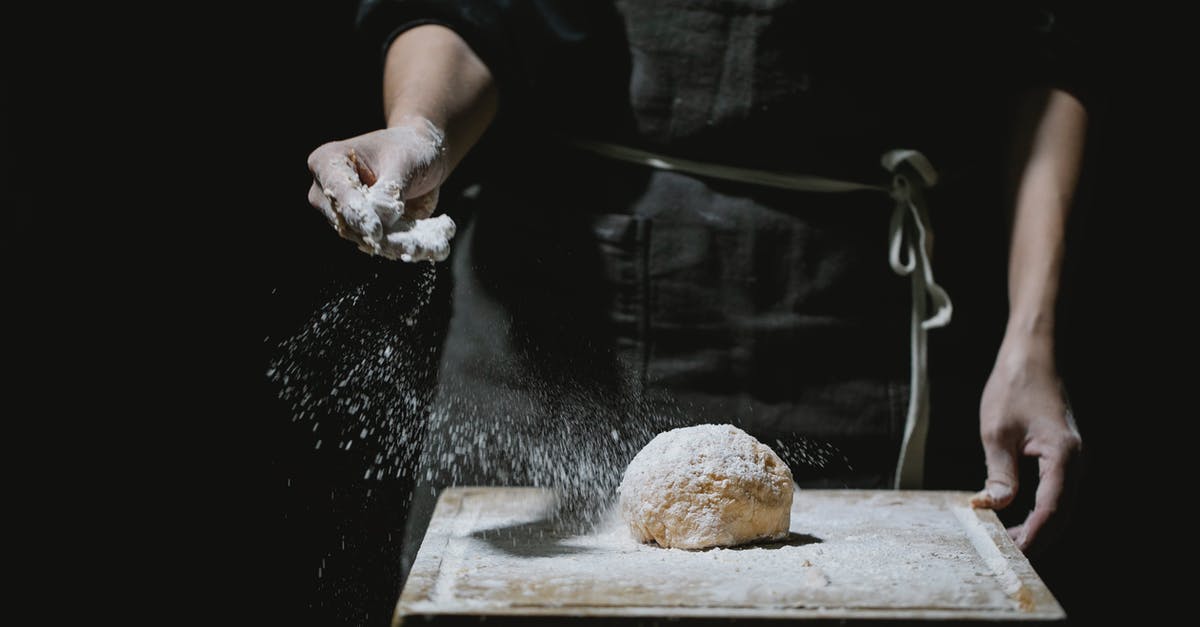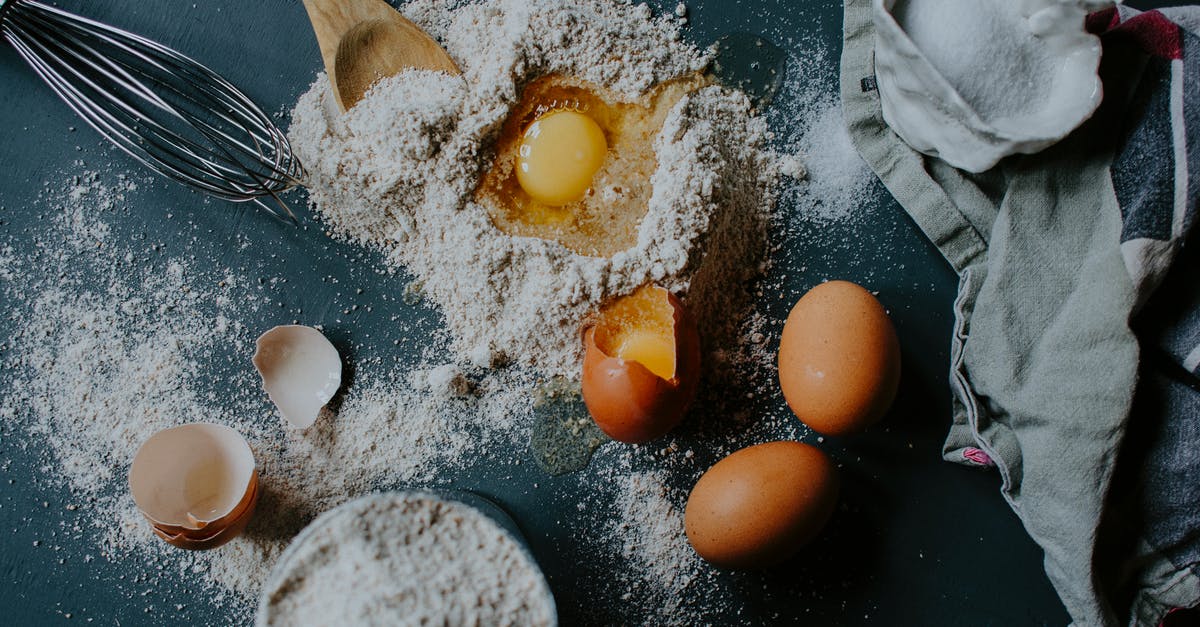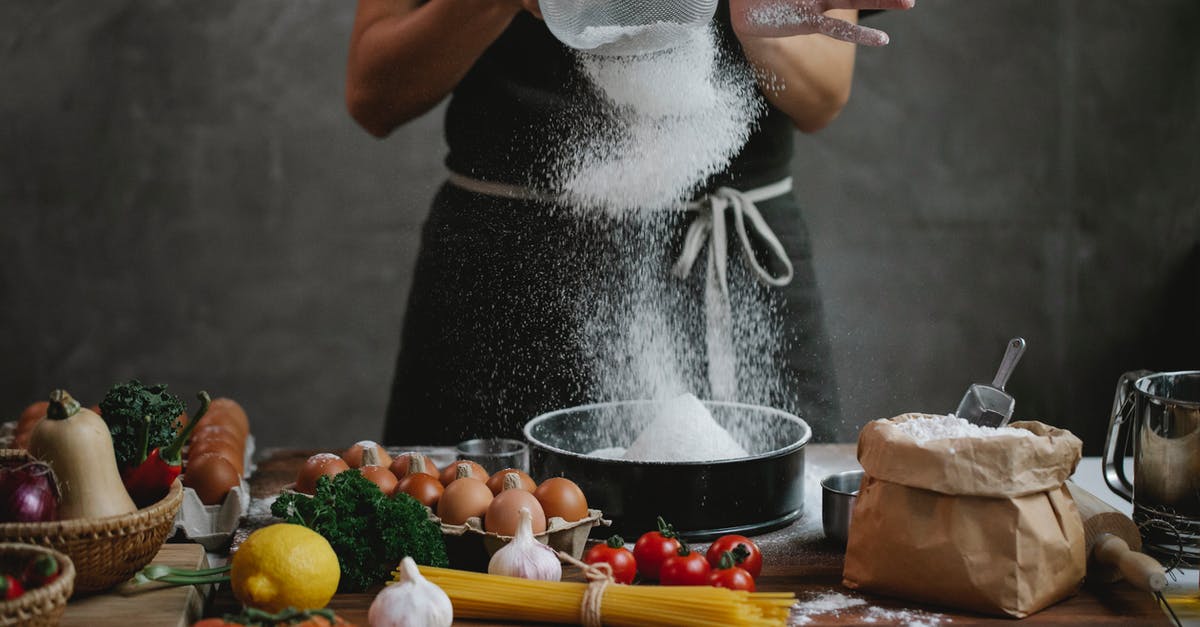How to adapt recipes to hard wheat flour

Unlike in the USA, flour in most European countries isn't differentiated by protein content. The distinction criteria in Germany are "type", which concerns the proportion of bran contained, and, (for special uses), "grippiness" or size of the particles. There is no such a thing as bread flour or cake flour.
I decided to experiment with bread and bought hard wheat flour (durum flour) online. It is milled as rather large particles. I decided to mix it 50/50 with my normal flour and use a very simple bread recipe - 1% salt, 3% yeast, 55% water - which is correspons to a middle-range hydration with the typical Type 405 non-grippy flour standardly used here. I kneaded by hand, as I don't have a food processor. But while kneading the liquid in, the dough got quite firm, so I stopped adding flour. (at this point, 12% of my flour was left over). The dough was a bit easier to handle than soft wheat dough, almost non-sticking, but it was very unelastic, and didn't pass the windowpane test well even after long kneading. The baked bread was OK, but it was dense and didn't rise much. All in all, I feel it could have went better.
So I am wondering how to best adapt my usual AP-flour recipes to this flour. Obviously, I should use more hydration, but how much more? And what to do about the firmness, is this normal for durum, or just the result of insufficient hydration? Why didn't it rise, should I add sugar for the yeast to be more active? And how to make it properly elastic?
Best Answer
I can't speak to your specific flour but I have worked with coarsely ground whole wheat flour.
My standard bread recipes required quite a bit more kneading than usual. Additionally I had to work with them while they were still quite sticky to eventually get them to an elastic consistency.
I use a stand mixer to do the kneading for me- I'm afraid that it would be quite a mess doing it by hand. Remember that, when forming gluten, you can always trade work for time. If you can't find finer flour then I would recommend kneading the dough as much as you are able, let it rest for 15 minutes so the proteins relax, and then knead it again and see if you can't get the consistency you want without kneading all day.
Make sure the flour isn't so coarse, or has shards or bran, that would actually cut the gluten and prevent it from forming sheets. If this is the case then I don't know if you could make bread out of it predominantly. Perhaps if it were soaked overnight as in a poolish?
I mill my own flour to the finest possible setting and this seems to produce a much better textured bread.
As for the lack of rising and yeast- it is the same problem. Yeast are perfectly happy eating damaged starch in your flour. Adding sugar wouldn't necessarily help. If your dough was not elastic and failed your window pane test then there is nothing to really hold the structure of the bread. Your yeast may have been going crazy and there was just no balloon for them to blow up.
Pictures about "How to adapt recipes to hard wheat flour"



How do you soften hard wheat flour?
In order to soften the taste of the whole wheat flour, you can substitute up to 2 tablespoons of orange juice for 3 tablespoons of the liquid in your batter. Orange juice is naturally sweet and also acidic. The juice will compensate for the harder, bitter taste of the whole wheat flour, making it more palatable.How do you adjust a recipe for whole wheat flour?
The solution: When substituting whole wheat for 100% of the white flour in your own favorite yeast recipe, do this: For every cup of whole wheat flour substituted, increase the liquid in the recipe by 2 teaspoons. Once you've mixed up the dough but before kneading, let it rest for 30 minutes.How do you adapt bread recipe to whole wheat?
When whole wheat flour is substituted 100% for the white flour, adjust the dough consistency by adding 2 teaspoons additional liquid per cup of whole wheat flour used, to start.Can I use whole wheat flour instead of all-purpose flour?
In most cooking uses you may substitute whole wheat for all-purpose flour without issue. Try it the next time you make breading for a chicken breast recipe, or thicken a sauce. Just remember the flavor could vary. When baking, experiment with your ratio of whole wheat to all-purpose.How to convert a recipe to Whole Grains
Sources: Stack Exchange - This article follows the attribution requirements of Stack Exchange and is licensed under CC BY-SA 3.0.
Images: Klaus Nielsen, Klaus Nielsen, Flora Westbrook, Klaus Nielsen
